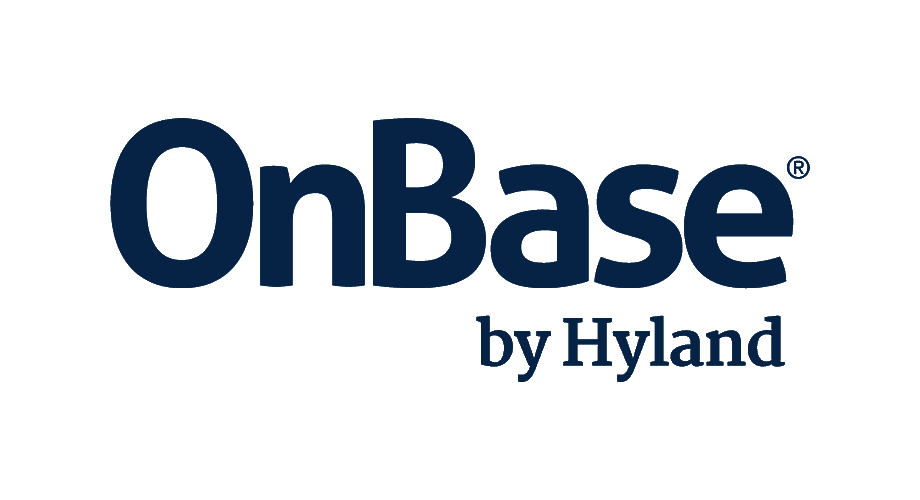Our Content Migration Experience
-1.jpg?width=670&height=446&name=Blank%201200%20x%20800%20(11)-1.jpg)
Why Migrate with KnowledgeLake?
KnowledgeLake has more than 20 years of content migration experience. We've successfully migrated over one billion documents from more than 30 legacy content management systems. We hold your hand every step of the way. And no job is finished until every piece of content is validated.

Top Research University Migrates to the Cloud
KnowledgeLake helped Washington University in St. Louis move 14 million documents from multiple legacy content management systems to the Cloud.
Learn MoreOur Migration Experience
We have migration experience with more than thirty legacy content management systems.




Planning Your Content Migration
KnowledgeLake evaluates every aspect of your current content management system and the state of your content to determine the best way forward.
Our Content Migration Process

Discover
Pre-migration Assessment
Teams evaluate project complexities based on current file structures, file types, metadata and APIs. They also analyze legacy systems, review client goals, client capabilities and file conversion requirements, taking into consideration file corruption and validation/testing requirements. A migration timeline is produced.

Design
Migration Design & Analysis
A high-level migration plan that includes migration server software and database deployment requirements, metadata extraction processes, development of transformation views and scripts, mapping metadata and testing is built. This plan is delivered with a formal SOW of design requirements and a recommended timeline for completion.

Configure
Repository Set-up and Configuration
Teams prepare for migration by identifying migration taxonomy and configuring the destination systems (SharePoint Online, M365, Azure, or another repository) then planning and testing metadata extraction parameters.

Migrate
Data Migration to Destination Repository
Teams start by testing the process, then validating it with a sample data set before launching the primary data migration. After an initial pass, the team evaluates and reviews any errors or failures, then re-launches the process.

Review and Validation
Once the migration is complete, your team reviews and verifies the performance. A follow-up delta migration is then completed 1-2 weeks later to import any newly added documents.

Closing
In this phase, we reconcile the source and destination systems and build a reconciliation report for management to review.

Discover
Pre-migration Assessment
Teams evaluate project complexities based on current file structures, file types, metadata and APIs. They also analyze legacy systems, review client goals, client capabilities and file conversion requirements, taking into consideration file corruption and validation/testing requirements. A migration timeline is produced.

Design
Migration Design & Analysis
A high-level migration plan that includes migration server software and database deployment requirements, metadata extraction processes, development of transformation views and scripts, mapping metadata and testing is built. This plan is delivered with a formal SOW of design requirements and a recommended timeline for completion.

Configure
Repository Set-up and Configuration
Teams prepare for migration by identifying migration taxonomy and configuring the destination systems (SharePoint Online, M365, Azure, or another repository) then planning and testing metadata extraction parameters.

Migrate
Data Migration to Destination Repository
Teams start by testing the process, then validating it with a sample data set before launching the primary data migration. After an initial pass, the team evaluates and reviews any errors or failures, then re-launches the process.

Review and Validation
Once the migration is complete, your team reviews and verifies the performance. A follow-up delta migration is then completed 1-2 weeks later to import any newly added documents.

Closing
In this phase, we reconcile the source and destination systems and build a reconciliation report for management to review.
.jpeg?width=670&height=446&name=Blank%201200%20%C3%97%20600%20(1).jpeg)
Take the First Step Towards Modern Work
Looking for a smarter way to move to the Cloud? Migration to our cloud-native enterprise hyperautomation platform is easy and cost-effective. Drive growth with a fully managed, hyperautomation platform that's user-friendly and quickly deployed.
Learn More

